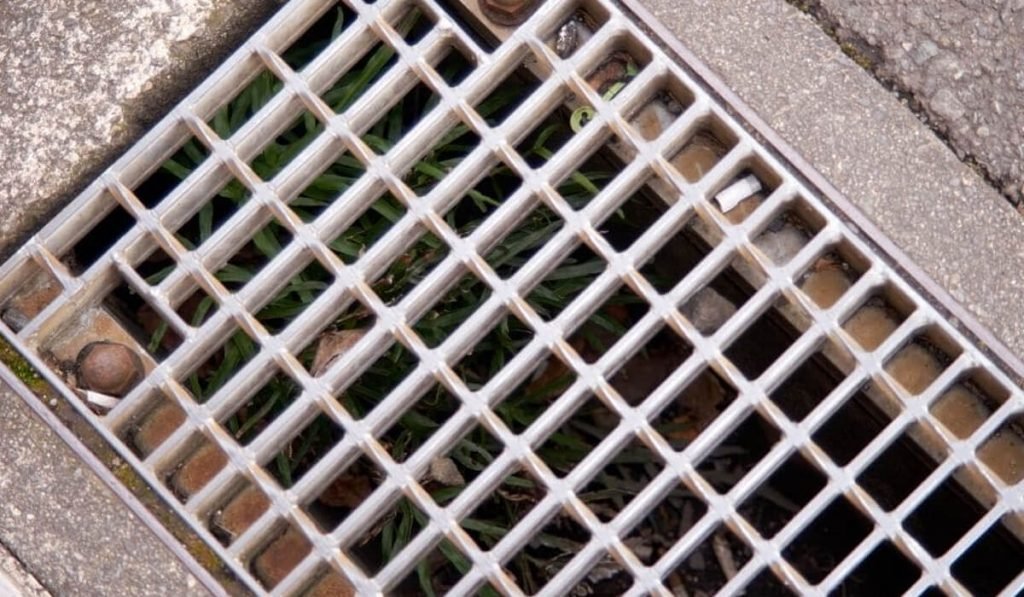According to the EPA, allowing water to run off uncontrolled, has several serious environmental and health consequences. It’s important to manage all kinds of water in modern society, whether it’s rainwater or household wastewater.
The best way to do this is with efficient, well-designed drainage systems that suit the task at hand. Fortunately, engineers have come up with different types of drains to suit any eventuality.
Keep reading to find out more about common drainage systems and how they work.
Table of Contents
Above Ground Types of Drainage Systems
These are the most obvious types of drainage systems. They include all types of drains that carry water in plain sight.
The following are types of above-ground drains:
Swale Drains
These shallow indentations are common in both residential and commercial settings. They help slow the runoff of water, by spreading it across a wider area to prevent pooling and flooding.
Swale drains help prevent stormwater drains from becoming overwhelmed by an influx of water.
Trench Drains
Trench drains are flush with the surface of the road or walkway. They comprise a concrete drain channel covered with a metal grate.
These channels transport water to a larger collection point and help prevent water from accumulating in areas where it could impact road and foot traffic.
Downspouts and Gutter Systems
If you’ve ever had leaking gutters on your house, you’ll know how important these everyday types of drainage systems are.
Gutters and downspouts help control where rainwater goes once it’s struck the roof of your house by channeling it into larger subterranean drainage systems.
These systems play an important role in preventing rainwater from traversing heavily fertilized croplands and polluted areas before it makes its way into our rivers and oceans.
Interior Drains
Commercial settings often have drains inserted flush with the floor for easy cleaning. These include slot drains and point drains.
These drains allow you to use water to clean inside your building without fear of it pooling on your floor. They direct the water into underground drainage systems.
Underground Drains
Subsurface drainage systems work at root level to carry water safely away from residential areas after heavy rains. They’re also used to keep wastewater out of the water table.
Also known as French drains, these drains usually comprise a system of pipes that lead water into a cistern, sewer, or swale. Unless you take care to maintain these systems, you can easily cause blockages in these types of drains.
Clogged drains can cause inconvenience and pose health risks in a residential setting. It’s important to get assistance with blocked French drains as soon as possible.
Stormwater drains are another important type of subterranean drainage system. They help channel large volumes of water off the surface of the street or sidewalk quickly to prevent damage from flooding during heavy rainfall.
Maintaining Good Drainage
The best types of drainage systems help keep us healthy and safe from the hazards of urbanization. So, it’s important to ensure your residential plumbing stays in good condition all year round.
Always hire a professional plumber if you have any questions about this important everyday topic.
Would you like some more sound day-to-day advice? Browse our blog for all the best tips and information.
